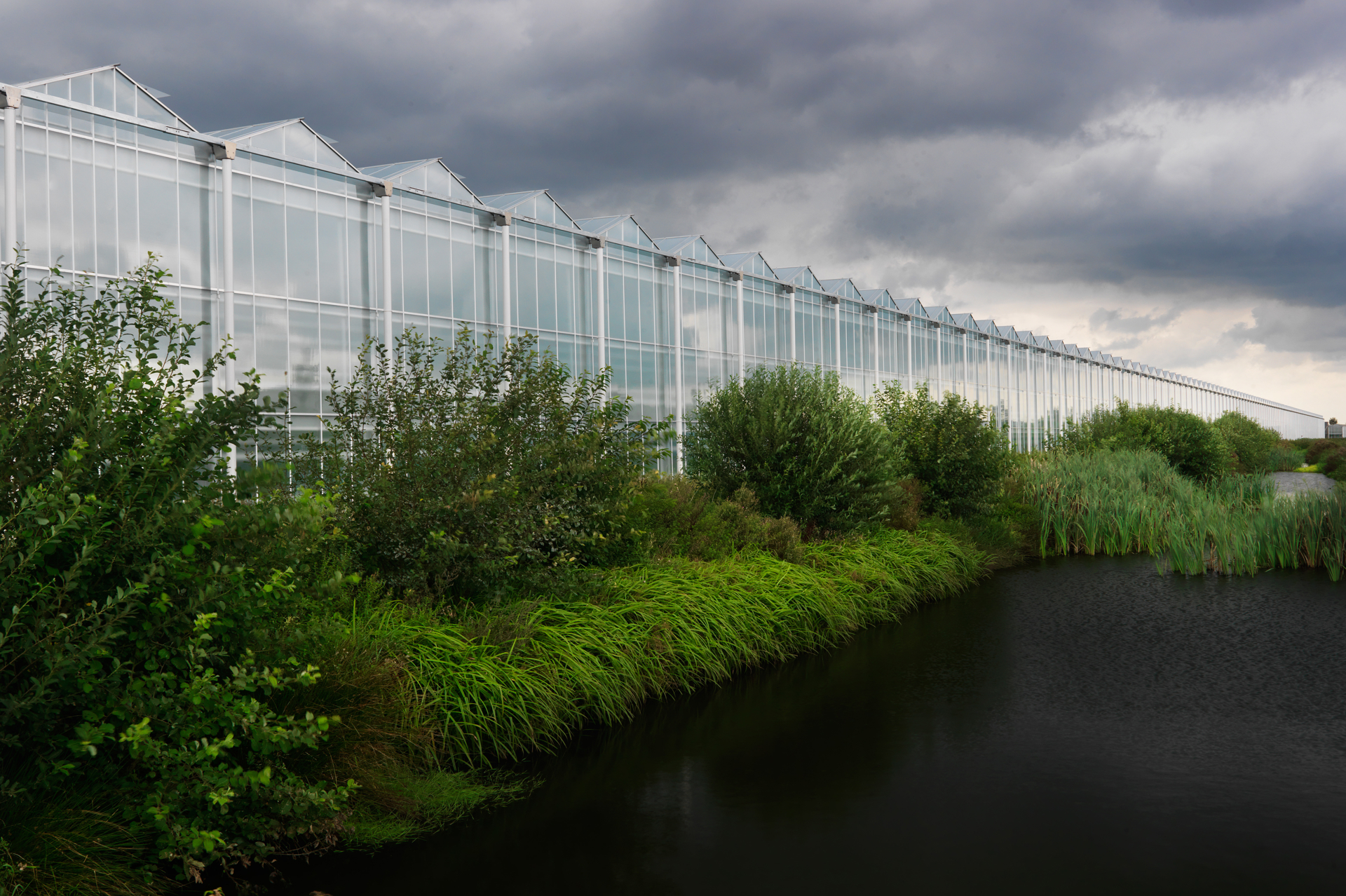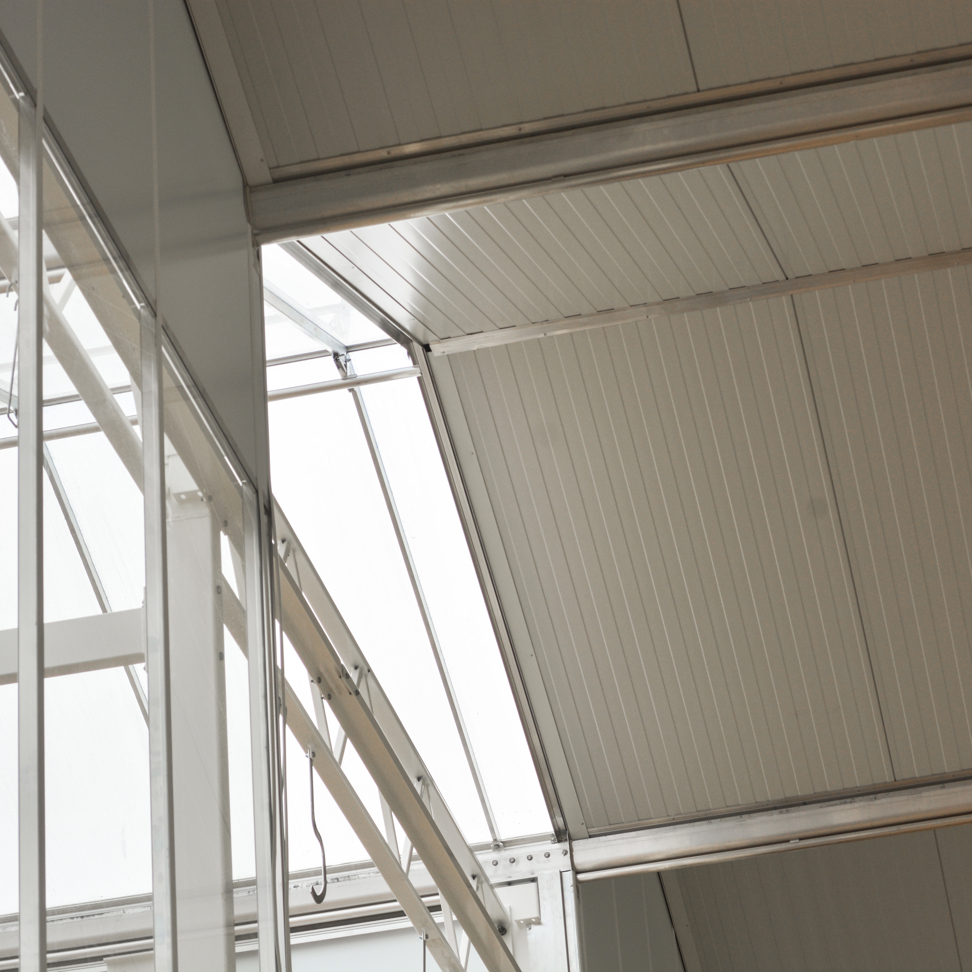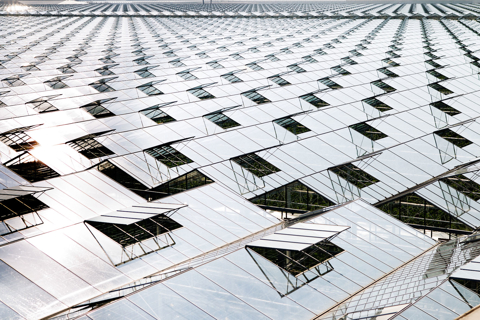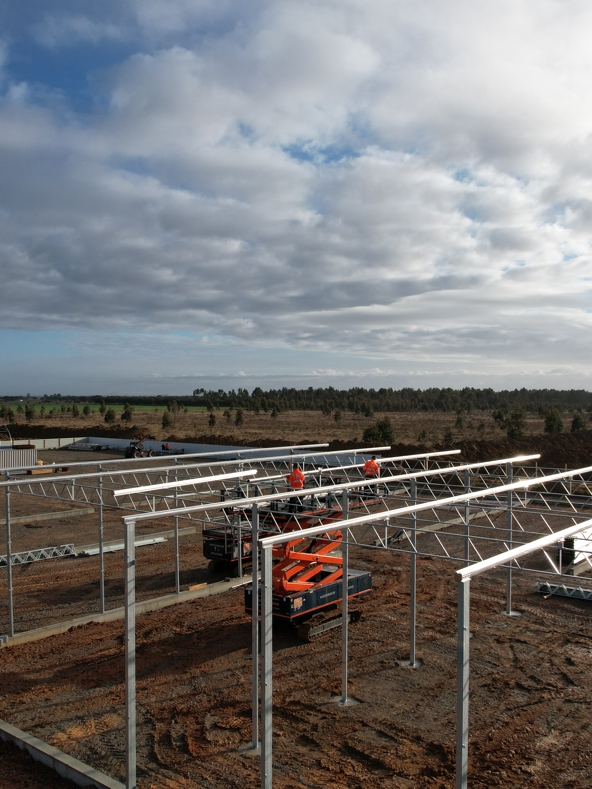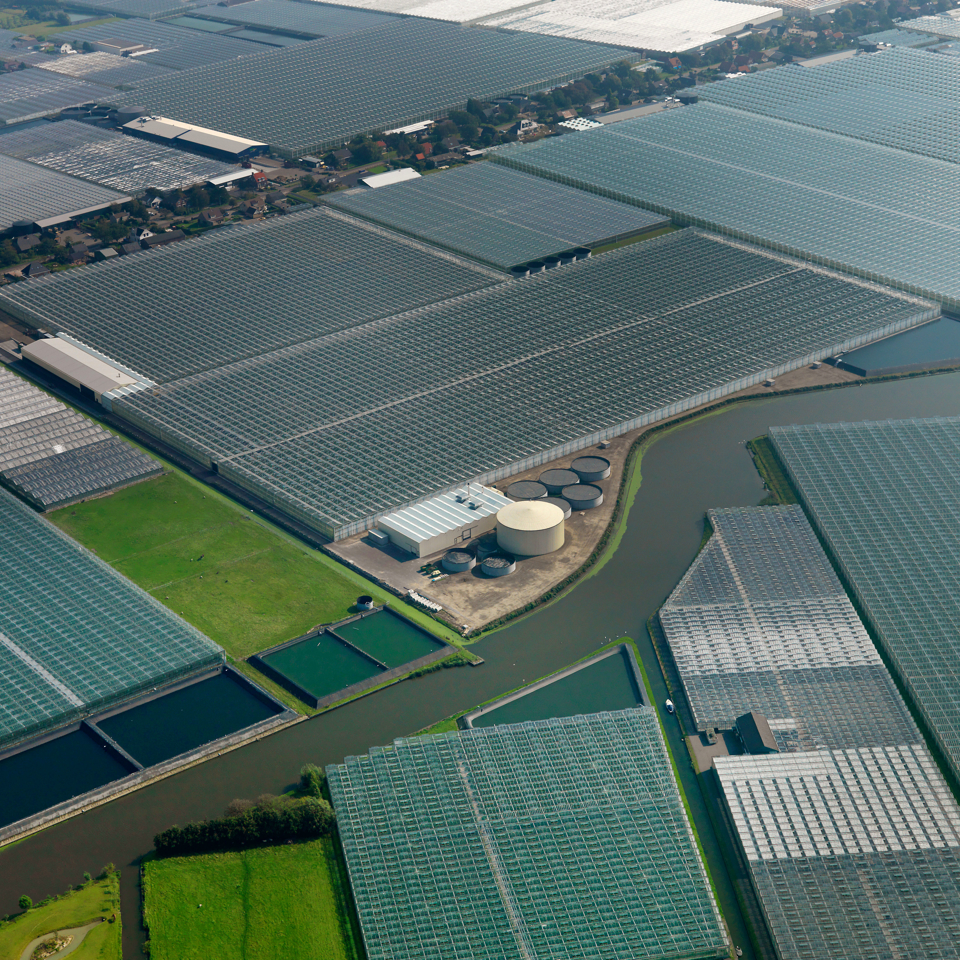City water for greenhouse irrigation
Utilizing city water, also known as tap water, is generally the most stable and reliable source for irrigation water in many instances. It undergoes pre-treatment at the source, presenting both advantages and disadvantages. If the water has high chloride levels, considering a water softener would be prudent. Additionally, the temperature of city water is typically already at the desired ambient level. However, it is important to note that city water is usually the most expensive option available.
Surface water as source
Three types of surface water include perennial, ephemeral, and man-made. Perennial water is consistent, but ephemeral and man-made types, found in various locations, aren't always reliable. For greenhouse irrigation, a dependable year-round source is crucial as quality and quantity can vary, making pre-treatment more complex due to potential presence and fluctuation of microorganisms and minarals.
Using well water for greenhouse irrigation
Well water can serve as a reliable source of irrigation as it is often available consistently and can be rich in minerals beneficial to plant growth. However, it is crucial to regularly test well water for contaminants and adjust Pre-Treatment accordingly to ensure it meets the quality standards necessary for irrigation. Additionally, depending on the depth and location of the well, water availability and quality can vary, requiring careful consideration and possibly supplementary water sources during periods of high demand or low supply.
Rainwater Collection
Rainwater serves as an excellent irrigation source and can be collected and reused directly from the greenhouse structure. However, its availability is inconsistent, necessitating supplementation or backup from other sources.
